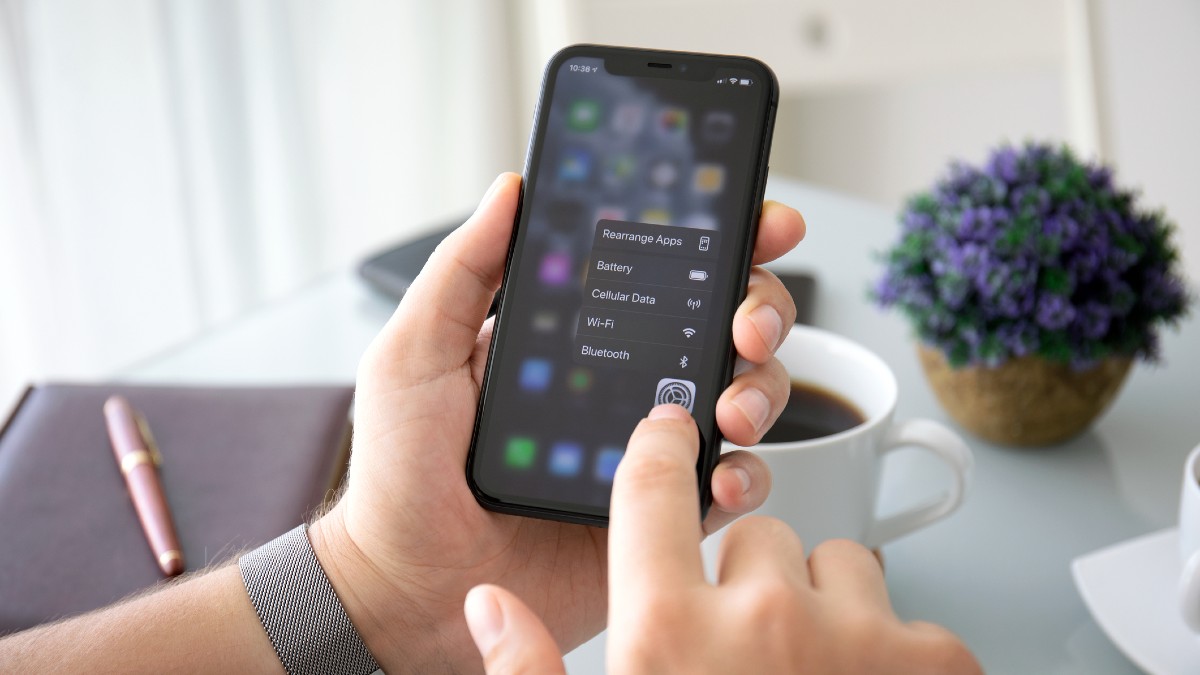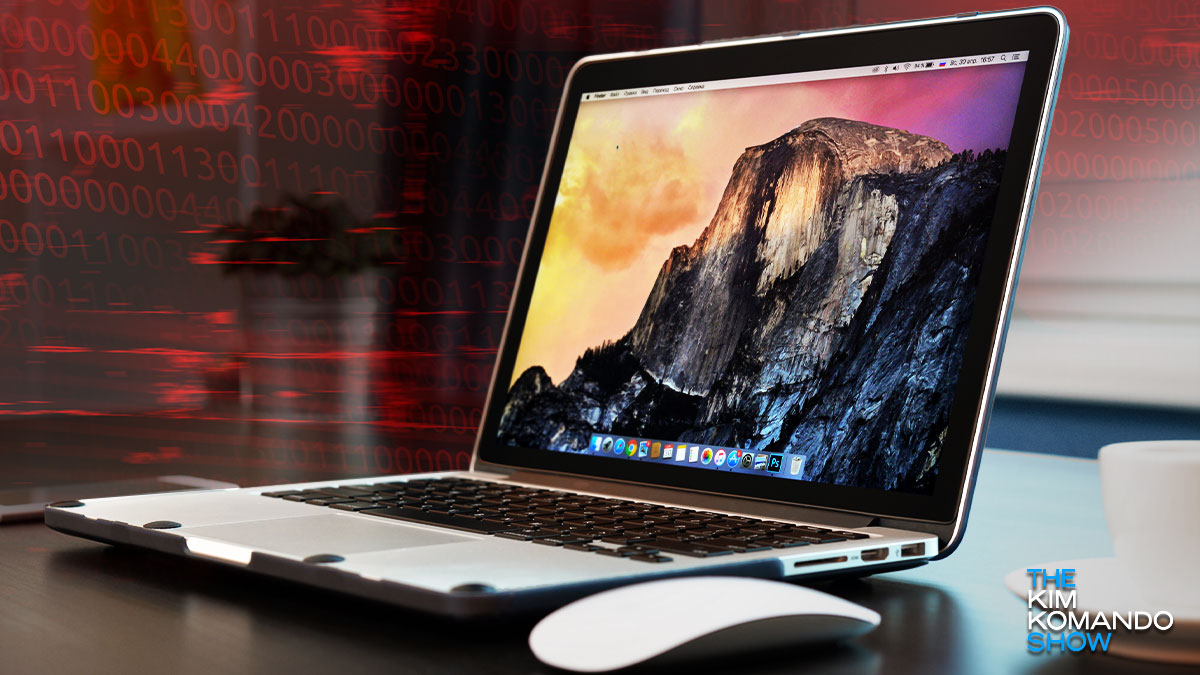7 important iPhone security settings to change right now

The iPhone is Apple’s most popular product, and the Cupertino company does everything it can to keep up with the latest tech developments while adding its own. You may have had an iPhone for years and not know everything it’s capable of. Tap or click here for seven hidden iPhone features you may not know.
Beyond the fun stuff, many security settings are baked into your iPhone. It’s important to know what they do and when to use them. This goes beyond simply enabling Face ID or Touch ID. We’ll help you get started.
1. Use the built-in authenticator
Two-factor authentication (2FA) adds an extra layer of security when signing into an account, website or service. You’ll commonly encounter logins that send a code to your device for authentication.
Your iPhone can receive verification codes for sites and apps that offer 2FA without relying on text messages or additional apps. This will automatically happen if your phone is running iOS 12 and higher. When you get a texted 2FA security code, it will automatically appear in the code field.
Here’s how to set up automatic verification codes for a website or app by entering a setup key:
- Sign in to the area of the website or app where you manage your account, then select options to enable two-factor authentication and an authenticator app.
- Choose the option to manually use a setup key (or setup code or similar), then select and copy the setup key.
- Go to Settings > Passwords, then select your account for the website or app.
- Tap Set Up Verification Code, then tap Enter Setup Key.
- Tap the Setup Key field, tap Paste, then OK.
- Tap the Verification Code field, then tap Copy Verification Code.
- Return to the website or app, then paste the verification code where directed.
2. Lock down apps that always know where you are
Why would an app need to know where you are? Perhaps you want your navigation app to know this to guide you to your destination. You may want your weather app to give you accurate local results.
But what about others? Does a game or music app need to know where you are? What about social media? You can quickly check which apps can access your location and restrict them as needed.
- Go to Settings > Privacy & Security > Location Services.
- To review or change access settings for an app or to see its explanation for requesting Location Services, tap the app. You can set when an app can track your location or turn it off completely.
RELATED: Have an iPhone, iPad or Mac? Here’s how to set up Apple’s built-in storage
The next iPhone OS lets you edit and unsend texts and check if anyone has your passwords

Big Tech companies love to put on a big show and Apple is no exception. The Cupertino Company just wrapped up this year’s Worldwide Developer Conference and there’s a lot to look forward to if you love all things Apple.
Own a Mac? Your computer is open to a new flaw with no known fix

Apple devices are renowned for their resistance to viruses, spyware and malware. Much of this claim comes from Apple itself, though the company isn’t as vocal about it anymore.
The thing is that Apple hardware, like your Mac computer, can be infected. But it’s a less common occurrence when compared to PCs. Tap or click here to learn the truth behind the claims.
